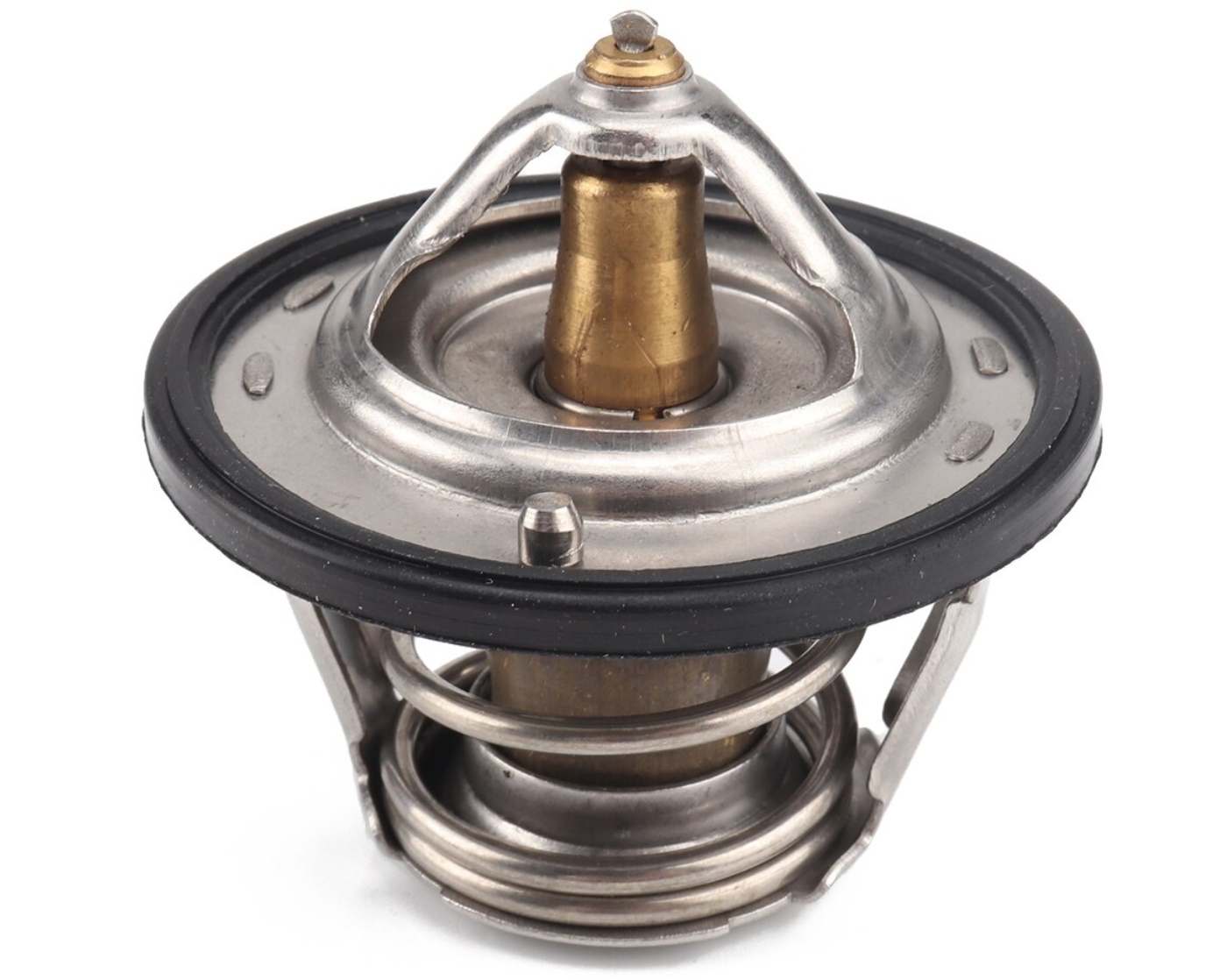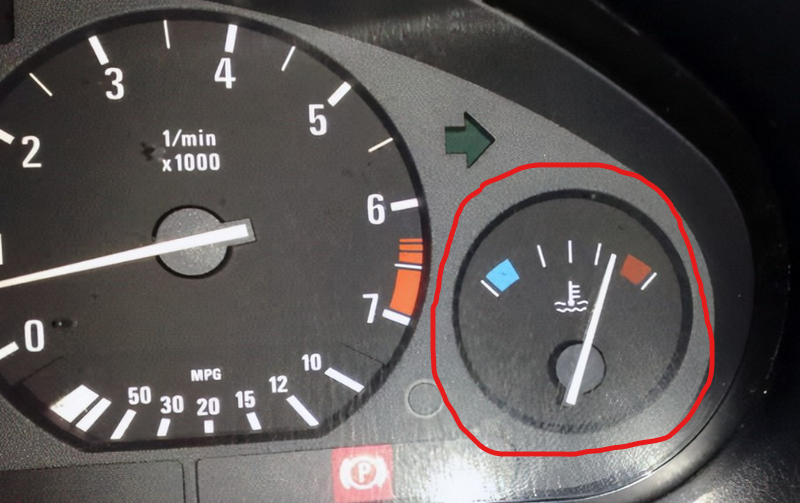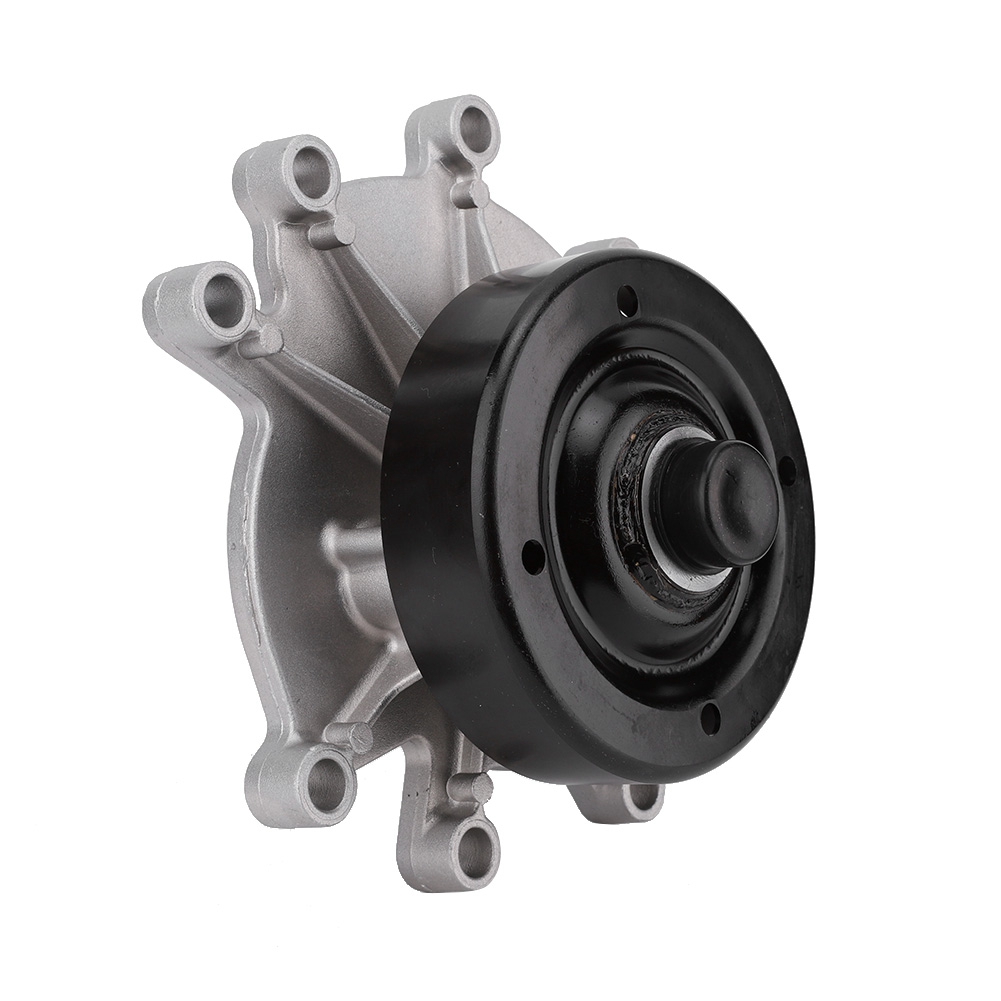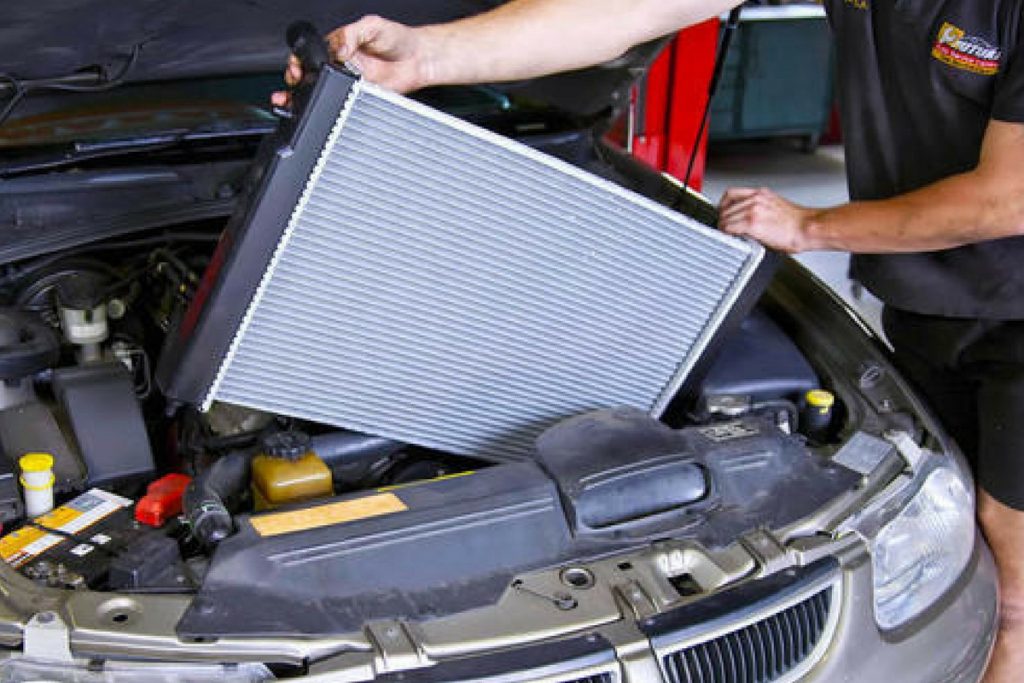Why is my Car Overheating with a New Thermostat?
There’s no more annoying situation than driving away from the mechanics having been told your issue is now fixed and discovering there is still something wrong with your vehicle. In this case we will talk about what to do if your car starts to overheat after having just received a new thermostat.
What does this mean? Is the new part faulty, incorrectly fitted or is there some other issue at play? We will discuss all the possibilities and also explain in more detail exactly what the car's thermostat actually does for your car.
What Is the Car's Thermostat and What Does It Do?
Just like the thermostat in your own house a car's thermostat is designed to detect temperature and adjust operations within the system to respond accordingly. The ideal running temperature for a car is between 195 – 220 degrees Fahrenheit.
This is a palm-sized component that plays a very essential role in protecting your engine from costly damage. It is vital to ensure that the optimum temperature range is being maintained so an operating thermostat is a must.

So exactly how does this little part do this highly important job? Well simply put it’s all about the coolant in our cars. The thermostat is located between the engine and the radiator and is essentially a valve. As coolant moves around our engines it picks up the heat from the system warming it up.
Once coolant reaches a certain temperature it is warm enough to cause a specialized wax in the thermostat to expand. When this wax expands it allows the coolant to take a journey through the radiator until it cools down.
Once the coolant has cooled back down it reenters the engine block and continues to circulate as before pulling the heat out of the system. While the coolant is in the safe temperature range it simply continues to circulate in the block and only enters the radiator when it’s too hot.
How to Spot a Faulty Thermostat
One of the most obvious indications that a thermostat is not doing its job is the car literally overheating. You have an engine temperature gauge on your dashboard somewhere so it is usually very obvious when this is happening.

A constant high temp is an indication that either the thermostat is not working or that some other issue is making it impossible for the thermostat to keep up with cooling operations.
A drop in engine performance or suddenly noticeable drop in fuel economy can also be an indication that the engine is not being cooled correctly and may be experiencing thermostat issues.
How Much Does Replacing a Thermostat Cost?
A car's thermostat usually isn’t one of the most expensive parts as depending on the model of your vehicle the part itself could be as low as $10 to buy. A mechanically proficient owner could probably then replace their own thermostat relatively inexpensively.
A trip to a mechanic might cost you $200 - $300 to replace a thermostat depending on the make and model of your vehicle. Obviously this isn’t a paltry amount of money but when it comes to cars it’s among the least expensive trips you’ll like to make to a garage.
Is the New Part Faulty?
A reputable and good mechanic will always check their work is operating before they sign off and send you on their way. They are able to test if the new thermostat is operating so realistically there should be no reason for the part to not be working if it is indeed brand new and fitted correctly.
Of course there is always the possibility however that the mechanic has failed in their job and the part is either not as advertised or incorrectly fitted. If the part does work fine though then there may potentially be other issues at play making it impossible for the thermostat to do its job.
What Else Can be Wrong?
The assumption may have been made that the thermostat was at fault initially and this was the reason for the engine overheating issue. A failure to explore potential deeper problems with the cooling system could make a new thermostat worthless.
There are a number of possible faults in the system that could be causing the overheating of the engine. When these are the case even the thermostat can’t remove the heat quickly enough and in fact can be broken by the intense temperatures involved.
A Faulty Water Pump
Also known as the coolant pump, a faulty water pump can be the cause of a car's engine overheating. This centrifugal pump moves the coolant liquid through the radiator where it should ideally be being cooled down before reentering the engine.

If this pump is not working correctly then it can mean the coolant is not being cooled in the radiator and is just being cycled back hot into an already hot engine. Hot coolant can’t draw the heat out of the engine block so essentially it’s doing nothing at all to help.
Failing Coolant
A new thermostat is powerless to deal with an issue such as bad coolant. This coolant needs to be able to draw the heat from the engine block to ultimately cool it down. If the wrong type of coolant is used or different coolants have been mixed this can lead to ineffectual cooling.
It is important to make sure you have the appropriate coolant mixes for your local conditions and your vehicle. Combining coolants can even sometimes cause a gel to form which obviously isn’t good for circulation.
Coolant Leaks
The whole cooling procedure relies on this coolant and ideally it is a completely closed system. This means the coolant circulates over and over again. However sometimes pipes can corrode and develop holes which allow the coolant to leak out.
When coolant levels start to drop there is less liquid in the system to draw the engine block heat. Eventually the whole system might run dry and you can be in real trouble. In general it’s good practice to keep an eye on your coolant levels as standard practice.
Broken Radiator
The radiator cools the heated liquid from the engine by dispersing throughout its fins. These fins are then air-cooled by air from outside of the vehicle and an internal fan system. If this fan fails then only the air moving over the radiator fans from the cars movement is cooling the radiator.

On a cold day this might be sufficient to cool the coolant down enough however in hot temperatures this will likely not be enough. So a broken radiator fan can be a big cause of engine overheating.
Leaky Head Gasket
Located between the engine block and the cylinder head, the head gasket is a seal that helps keep coolant and oil from leaking into the combustion chamber. If this gasket is worn or damaged then coolant can leak internally in the system.
As mentioned if we lose too much coolant then we lose the very life blood of the cooling system. The head gasket is likely one of the most important seals in our engines so its failure can cause a whole lot of problems, not least being overheating.
Faulty Coolant Temperature Sensor
As mentioned the thermometer actually works using an expanding wax which opens and closes a valve depending on the temperature of the coolant liquid. It doesn’t actually measure the engine temperature, this is done by the coolant temperature sensor.
If this sensor is faulty it might send a permanent cooled or heated temperature reading which can ultimately lead to overheating.
A Clogged Catalytic Converter
This important component of your car is intended to convert the harmful by-products of a combustion engine into carbon dioxide and water. Over time this can start to become clogged and dirty which can cause exhaust fumes to not vent efficiently.
These fumes are hot so if they do not vent they stay in the exhaust system contributing to the heating of the engine. The engine has to work even harder to try and expel these fumes so it overheats as a result.
Have Your Mechanic Check for Other Issues
Yes it is possible that your new thermostat is broken or not fitted correctly but to be sure rather than just demanding a new one have the mechanic check for any reasons the car may be overheating.
There are so many possible reasons that the engine is overheating that even the newest and best thermostat in the world can’t cope with. As long as it is doing its basic job of allowing hot coolant to enter the radiator then there may be other issues at play.
Conclusion
An overheating car on the way home from a mechanic who just fitted a new thermostat can feel like a nightmare. This may be a failing by the mechanic but it could also be an indication that something else is wrong with your cooling system.
If you are not comfortable returning to the same mechanic, consider a different one and have them check the whole system for issues. If it turns out the new thermostat was faulty then this is something to complain to the original mechanic about.
There is always the possibility that there is a deeper issue that should have been checked into before replacing a thermostat.
Link To or Reference This Page
We spend a lot of time collecting, cleaning, merging, and formatting the data that is shown on the site to be as useful to you as possible.
If you found the data or information on this page useful in your research, please use the tool below to properly cite or reference Tow Ratings as the source. We appreciate your support!
-
<a href="http://towratings.net/blog/why-is-my-car-overheating-with-a-new-thermostat/"> Why is my Car Overheating with a New Thermostat?</a>
-
" Why is my Car Overheating with a New Thermostat?". Tow Ratings. Accessed on April 23, 2024. http://towratings.net/blog/why-is-my-car-overheating-with-a-new-thermostat/.
-
" Why is my Car Overheating with a New Thermostat?". Tow Ratings, http://towratings.net/blog/why-is-my-car-overheating-with-a-new-thermostat/. Accessed 23 April, 2024
-
Why is my Car Overheating with a New Thermostat?. Tow Ratings. Retrieved from http://towratings.net/blog/why-is-my-car-overheating-with-a-new-thermostat/.